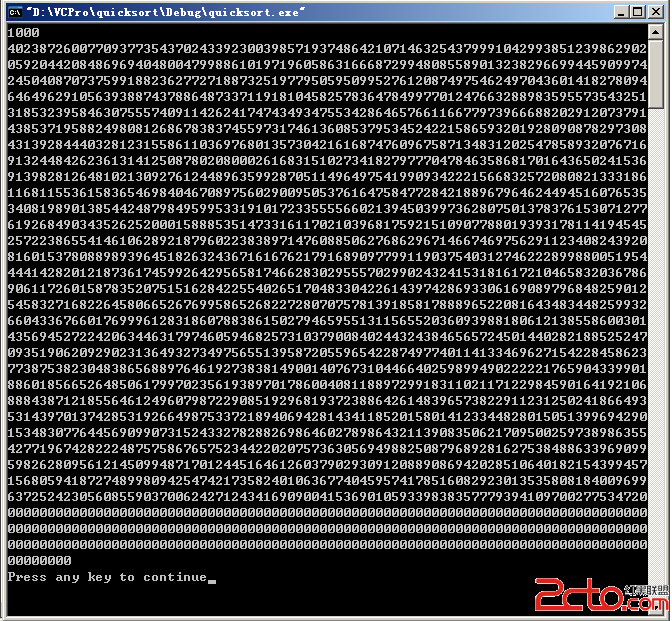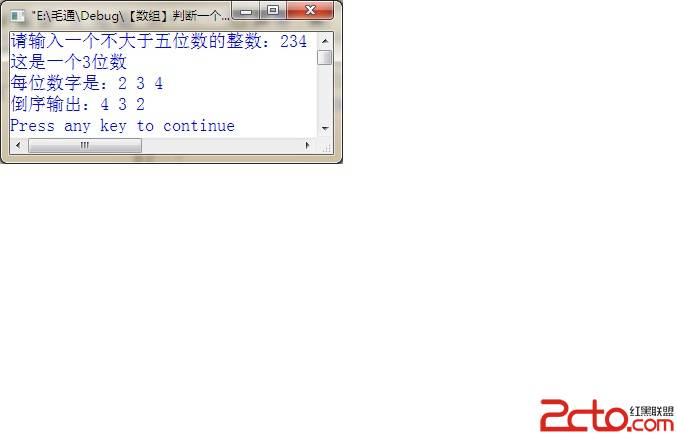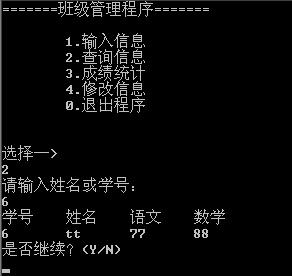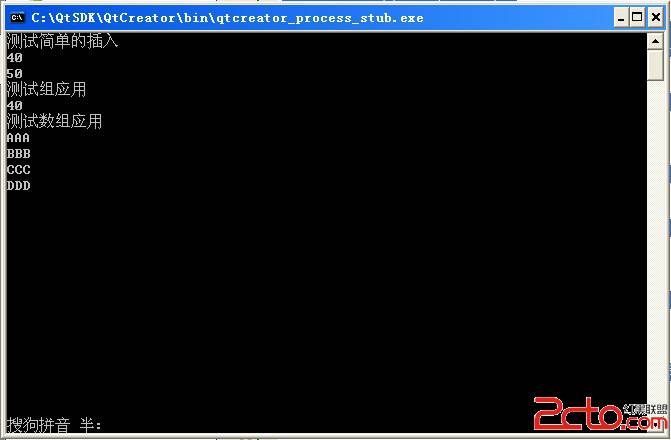10635 - Prince and Princess
Problem D
Prince and Princess
Input: Standard Input
Output: Standard Output
Time Limit: 3 Seconds
In an n x n chessboard, Prince and Princess plays a game. The squares in the chessboard are numbered 1, 2, 3 ... n*n, as shown below:
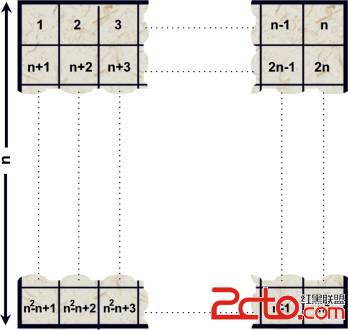
Prince stands in square 1, make p jumps and finally reach square n*n. He enters a square at most once. So if we use xp to denote the p-th square he enters, then x1, x2, ... xp+1 are all different. Note that x1 = 1 and xp+1 = n*n. Princess does the similar thing - stands in square 1, make q jumps and finally reach square n*n. We use y1, y2 , ... yq+1 to denote the sequence, and all q+1 numbers are different.
Figure 2 belows show a 3x3 square, a possible route for Prince and a different route for Princess.
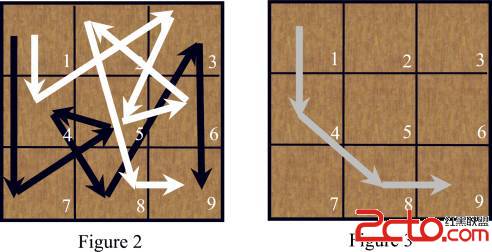
The Prince moves along the sequence: 1 --> 7 --> 5 --> 4 --> 8 --> 3 --> 9 (Black arrows), while the Princess moves along this sequence: 1 --> 4 --> 3 --> 5 --> 6 --> 2 --> 8 --> 9 (White arrow).
The King -- their father, has just come. "Why move separately? You are brother and sister!" said the King, "Ignore some jumps and make sure that you're always together."
For example, if the Prince ignores his 2nd, 3rd, 6th jump, he'll follow the route: 1 --> 4 --> 8 --> 9. If the Princess ignores her 3rd, 4th, 5th, 6th jump, she'll follow the same route: 1 --> 4 --> 8 --> 9, (The common route is shown in figure 3) thus satisfies the King, shown above. The King wants to know the longest route they can move together, could you tell him?
Input
The first line of the input contains a single integer t(1 <= t <= 10), the number of test cases followed. For each case, the first line contains three integers n, p, q(2 <= n <= 250, 1 <= p, q < n*n). The second line contains p+1 different integers in the range [1..n*n], the sequence of the Prince. The third line contains q+1 different integers in the range [1..n*n], the sequence of the Princess.
Output
For each test case, print the case number and the length of longest route. Look at the output for sample input for details.
Sample Input Output for Sample Input
1
3 6 7
1 7 5 4 8 3 9
1 4 3 5 6 2 8 9
Case 1: 4
#include<cstdio>
#include<algorithm>
#define INF 100000000
#define max 65000
int a[max],s[max],g[max],d[max];
int main()
{
int t,N,p,q,i,x,count=1;
scanf("%d",&t);
while(t--)
{
scanf("%d%d%d",&N,&p,&q);
for(i=1;i<=p+1;i++)
{
scanf("%d",&x);
a[x]=i;
}
int n=0;
for(i=0;i<q+1;i++)
{
scanf("%d",&x);
if(a[x])
s[n++]=a[x];
}
for(i=1;i<=n;i++) g[i]=INF;
int ans=0;
for(i=0;i<n;i++)
{
int k=std::lower_bound(g+1,g+n+1,s[i])-g;
d[i]=k;
g[k]=s[i];
ans=ans>d[i]?ans:d[i];
}
printf("Case %d: %d\n",count++,ans);
}
return 0;
}
补充:软件开发 , C++ ,